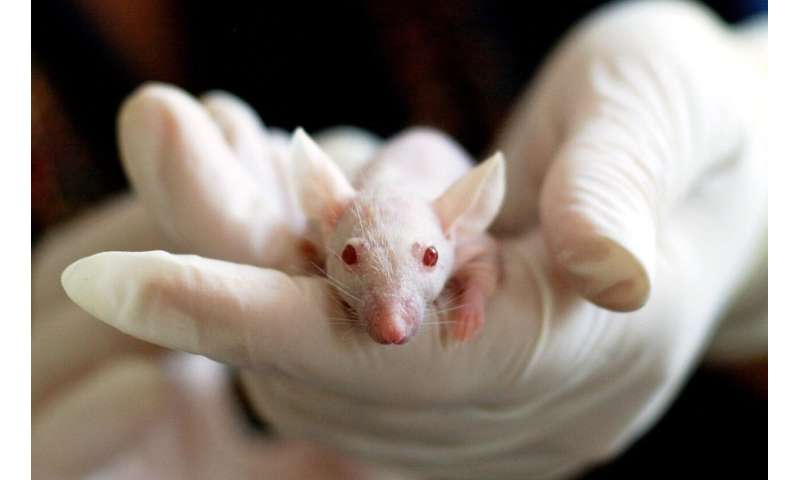Biorprinting human tissues for drug testing

Bioprinters that enable scientists to engineer complex tissues and organs. It sounds like science-fiction, but not for the scientists of the Alireza Mashaghi lab at the Leiden Academic Centre for Drug Research. The lab has recently been equipped with two state-of-the-art bioprinters: BioX and LumenX+. Bioprinted 3D and 4D tissues are expected to revolutionise the biomedical field by eliminating the need for laboratory animals and enabling high-tech innovations such as next generation organ chips.
Bioprinting has drawn significant attention due to its ability to recapitulate native human tissues. "The two bio-printers in Leiden both have their own special qualities," tells Mashaghi. BioX is capable of multi-nozzle printing, which allows for printing multi-layer structures with distinct cellular components. The light-based LumenX+ printer is exceptionally precise. 'The printers can also be combined with each other and with other complementary approaches to engineer even more sophisticated tissues.'
Printed tissues can replace animal experiments
According to Mashaghi, there is a growing interest in developing alternatives for the use of animals in research. Mashaghi: 'Animal models are still standard in preclinical studies. But the high failure rates of drugs in these clinical trials suggest that the differences between animals and humans are too big. Laboratory animals are therefore neither reliable models of humans disease nor good predictors of the effectiveness and toxicity of drugs.' Ethical issues associated with animals experiments are also a serious point of concern. Mashaghi: 'Bioprinted tissues could offer a solution. We hope to contribute to this revolution in our field.'
Combatting viral diseases
The mission of the Mashaghi lab is to bridge medicine with physical science and engineering. This way, the group hopes to develop new approaches for addressing diseases that impose significant burdens on our society. The lab has been at the forefront of developing engineered models for viral diseases, including Ebola, Lassa, and Covid-19. The 3D and 4D bioprinting technologies will enable the LACDR group to make the next generation of disease models for viral diseases and beyond.
Open to collaborations
This kind of interdisciplinary research often requires collaborations between multiple research labs. Mashaghi: 'We envision that the unique technology available in our lab will be of interest to our colleagues at the Leiden Bio Science Park, the Leiden University Medical Centre, and other centres across the country. We are open to collaborations and hope to broaden the scope of applications from viral diseases to other infectious diseases, inflammatory diseases, and cancer.'
More information:
Huaqi Tang et al, Human Organs-on-Chips for Virology, Trends in Microbiology (2020). DOI: 10.1016/j.tim.2020.06.005
Provided by Leiden University